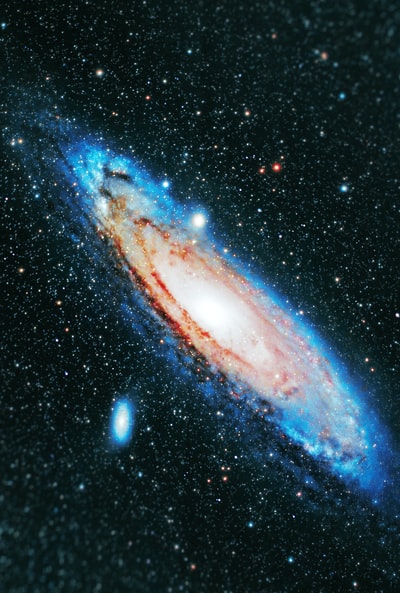A distance-time graph is distance plotted against time.
- speed = distance / time
- Speed is usually measured in metres per second (m/s).
- The gradient of a distance-time graph can be used to figure out the speed at which an object was moving.
- Velocity is the speed of an object in a given direction.
- acceleration = change in velocity / time taken for the change.
- Acceleration is usually measured in metres per second squared (m/s2).
- The velocity of a moving object can be plotted in a velocity-time graph.
- If the gradient of the slope is negative then this shows deceleration.
- The distance travelled is represented by the area under the line of the graph
Whenever a force causes an object to move, work is carried out.
- W = F x d
- Power refers to how quickly the work is carried out and how fast the energy is transferred.
- P = E / t
- Objects above the ground carry gravitational potential energy.
- Ep = m x g x h
- Objects that are moving posses kinetic energy.
- Ek =
 A distance-time graph is distance plotted against time.
A distance-time graph is distance plotted against time. Whenever a force causes an object to move, work is carried out.
Whenever a force causes an object to move, work is carried out.